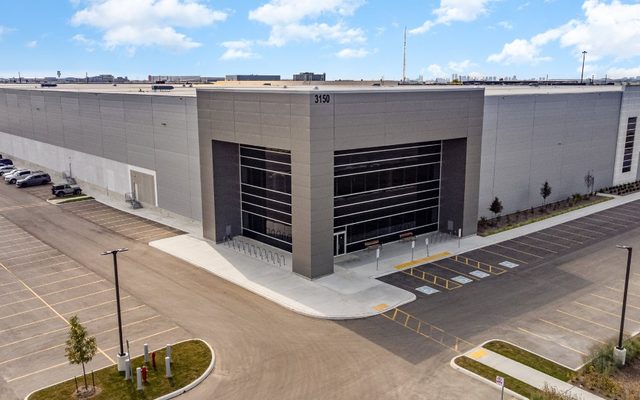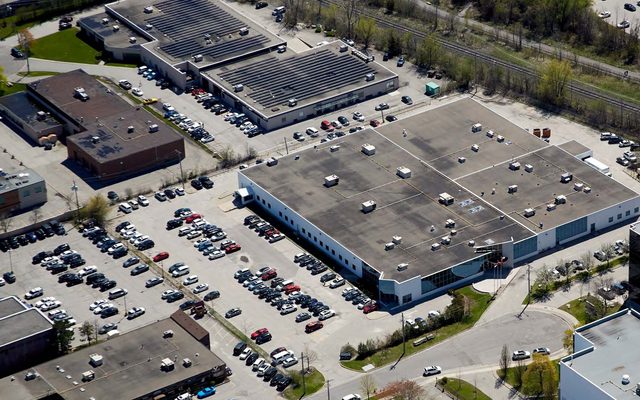- What Construction decreased in Canada’s second-largest city over the past year
- Why Montreal’s industrial market is continuing to rightsize after overheating during the pandemic
- What next New supply could dry up by 2026 if new projects aren’t launched this year
New supply of industrial space in the pipeline in Greater Montreal could run dry as early as 2026 unless new projects are launched this year, Avison Young said in its Q2 industrial-market report for the region.
Construction activity has decreased in Canada’s second-largest city over the past year, falling to 3.6m sq ft last quarter from 6.8m sq ft in Q2 last year. Deliveries generally take 12 to 18 months.
“Developers who take the risk of launching a project on a speculative basis will take the wind out of the sails of their competitors at the first signs of an upturn in demand. However, it will be necessary to adapt supply to tenants’ appetite for smaller space,” the brokerage said.
For now, though, a substantial rise in industrial vacancy and a decrease in asking rents indicate the market — which had gotten overheated during the pandemic — is adjusting. Average net asking rent is $15.70/sq ft, down from the high-water mark of $16.80 reached a year ago and in line with levels seen in mid-2022.
Total vacancy inched up about 50 basis points to 3.9% quarter over quarter. For properties over 100,000 sq ft, vacancy rates approached 5% in Q2, up from just over 2% a year earlier.
Meanwhile, the number of spaces over 100,000 sq ft available in Greater Montreal increased to 57 in Q2 from 47 in Q1, accounting for 2.6m sq ft of fresh availability.
Looking ahead, the firm noted that the economic factors that typically drive demand for industrial real estate appear favourable for 2025.
For example, interest rates are trending down, the Canadian dollar is falling, the forecast for GDP growth is 1.8% next year — up from 1% this year — and industrial production is expected to increase by 1.7%, versus 0.2% in 2024.
“Other influent factors include the slow but steady progression of e-commerce, the growth of the battery industry, as well as the rise of AI and automation in logistics,” the brokerage said. “The slower development activity observed in 2024 should help curtail vacancy rates in the near future as well.”




